1. "Sauceless Pasta" is Lower in Calories Than Rice
That’s right! Eating a bowl of pasta indeed absorbs fewer calories than eating a bowl of rice, but this only applies to pasta without added sauce. Although pasta contains more protein and dietary fibre than rice, it also has a higher fat content. If you eat pasta with sauce, the energy and fat absorbed can be more than eating rice, not to mention the additional sugar and sodium intake. Consumers need to be cautious!
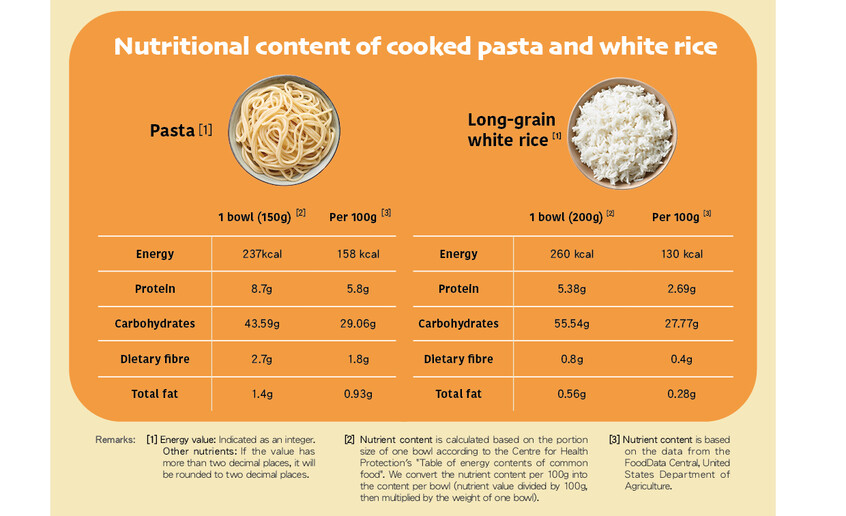
2. Pasta Has a Lower Glycemic Index
People with diabetes should pay attention to the glycemic index (GI) value of foods to better control blood sugar levels. Foods with a low GI value (55 or below) convert to glucose and being absorbed by body slowly during digestion, resulting in a smaller rise in blood sugar levels after eating. Pasta is a low GI food; in contrast, rice is a high GI food (70 or above). Additionally, consumers should also consider the origin, cooking methods, or other foods eaten at the same time, as these factors can affect the glycemic index. Diabetic patients can consult a dietitian or doctor for more dietary advice and information.
3. Choose More AI Dente Pasta by Looking at the Ingredient List
Want to cook al dente pasta? The secret is to choose products with a more chewy texture! In Italy, the “home” of pasta, it is regulated that dry pasta must be made from durum wheat semolina made from coarsely milled durum wheat, which has higher gluten content than soft wheat flour used for regular noodles. This helps pasta maintain a stable structure during cooking, creating a chewy texture. Next time you buy pasta, you’ll know what to choose!

4. Pasta Pront to "Heat Damage"
Have you heard of pasta experiencing “thermal damage”? It all starts with the pasta manufacturing process. The drying process significantly affects the quality of pasta. When pasta is dried using heat, it undergoes the Maillard reaction, where lysine, an essential amino acid in pasta, combines with reducing sugars, resulting in a chemical reaction that forms furosine. Lysine that combined with reducing sugars can no longer be absorbed and used by the human body, reducing the nutritional value of pasta. The higher the drying temperature, the faster the Maillard reaction occurs, meaning more lysine undergoes chemical reactions, forming more furosine, and the nutritional value of pasta decreases. Additionally, drying pasta at higher temperatures can cause it to become too dark and taste worse. These situations are known as “thermal damage.”
Traditionally, manufacturers should dry pasta at temperatures below 60°C, a process that takes 24 to 60 hours. However, to increase efficiency, many manufacturers now dry pasta at higher temperatures to shorten the required time, which can affect the nutritional quality, colour, and taste of pasta.
To find out which pasta has higher quality and less severe thermal damage, refer to the article link below about our recent pasta testing results. It includes the furosine content of each product; the higher the content, the higher the temperature used to dry the pasta.
5. Hidden Foreign Objects in Pasta?
Watch Video:
During the wheat harvesting process, insects and stones can mix into the raw materials, or during production, hair and fibres from factory workers’ clothing can accidentally mix into the pasta. These are reasons why pasta may contain foreign objects. In our recent tests, the insect fragments and other foreign objects found in pasta were generally very small and required a microscope to see clearly. Moreover, most bacteria should be killed during high-temperature cooking. However, some products were detected with relatively high levels of insects and fragments, indicating that hygiene condition needs to be improved. Consumers can refer to our report when purchasing pasta products.
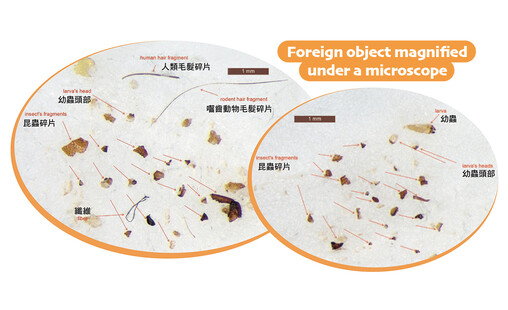
To learn more, please refer to [Issue 529 of “Choice” Monthly: 35 Types of Dry Pasta Contain Foreign Objects, Pay Attention to Mycotoxin Levels for Children’s Risk].
Extended Reading: Rice Noodles vs. Rice
Are non-fried rice noodles, rice vermicelli, and ho fun really healthier? How many metallic contaminants do they contain? What are the differences between rice and rice noodles in terms of nutrition? Find the answers in [Issue 544 of “Choice” Monthly: Rice Noodles or Rice? Pollutants, Calories, and Fat Revealed].
Disclaimer
This article has been translated using artificial intelligence (AI) technology. While efforts have been made to ensure the accuracy of the translation, it may not be perfect and could contain errors or inaccuracies. The original article at https://www.consumer.org.hk/tc/shopping-guide/trivia/2022-trivia-spaghetti should be referred to for the most accurate information. The Consumer Council does not assume any responsibility for any error, omission, or ambiguity in the translated content. If you have any question or concern about the translation, please refer to the original article or consult a professional translator.


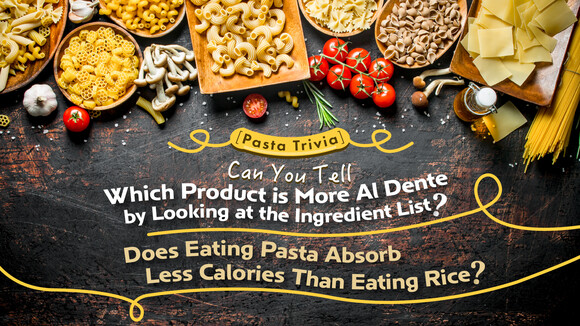

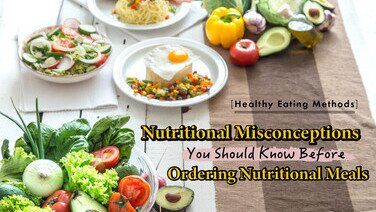
![[Baby Snacks Guide] Who Says Snacks Can’t Be Healthy?](/f/guide_detail/415742/376c212/bb%20snack.jpg)
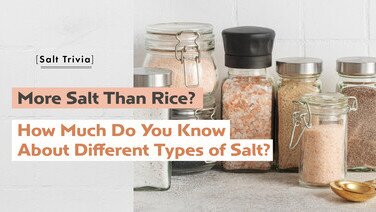


![[Handwashing Cold Knowledge] Debunking 4 common handwashing myths](/f/guide_detail/409326/376c212/43_4%E5%80%8B%E6%B4%97%E6%89%8B%E5%B8%B8%E8%A6%8B%E8%BF%B7%E6%80%9D_Eng.jpg)

